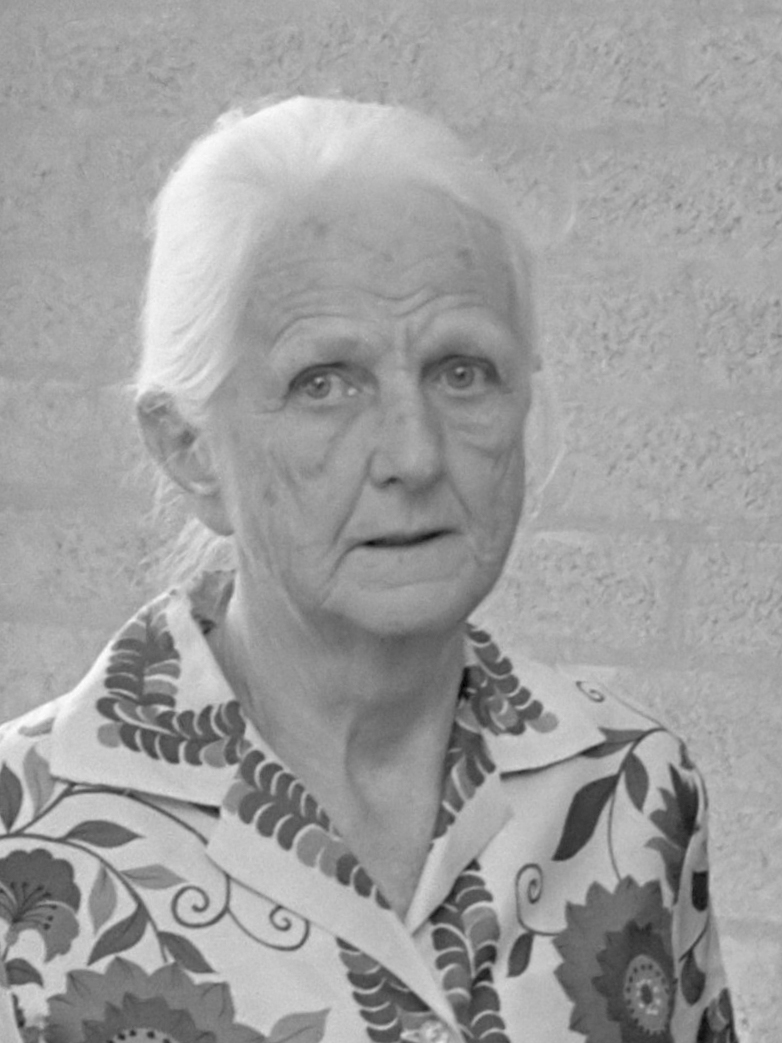Robinsons’ Early Life and Education
Joan Violet Robinson, née Maurice (1903–1983), was born in central London. Her father was a soldier who saw service during the Boer War. Her mother’s father was the well-known surgeon and Cambridge don, Frederick Howard Marsh.
The young Joan Maurice attended Cambridge University’s Girton College, receiving her bachelor’s degree in economics in 1925. Soon after graduating, she married the economist Austin Robinson.
Robinson’s Career
In 1933, Joan Robinson published her first and most-influential book, The Economics of Imperfect Competition (see “Selected Works by Robinson” below).
Four years later, in 1937, Robinson was appointed a lecturer in economics at Cambridge.
In 1965, Robinson finally received a full professorship at Girton College, where she spent the rest of her career.
Late in her career, Robinson became an ardent supporter of the revolutionary communist regimes of Mao Tse-tung (Mao Zedong) in the People’s Republic of China and Kim Il-sung in North Korea.
Robinson traveled to the region several times, always writing glowing reports of the economic advances achieved by those communist governments. Her endorsement of the Chinese “Cultural Revolution” of the 1960s was especially enthusiastic.
Robinson’s Ideas
Robinson was an influential member of the “Cambridge school” of economics, though she eventually renounced the teachings of Alfred Marshall and sought to revise the classical tradition in political economy in line with the teachings of John Maynard Keynes.
Robinson further sought to modify Keynes’s own teachings to better accord with her own work—as well as that of her colleague A.C. Pigou and others—on what she called “imperfections in competition,” meaning departures of the real economy from the equilibrium ideal described by classical economics.
Robinson’s most famous idea was an example of imperfect competition that she dubbed “monopsony,” meaning a situation in which a market is dominated by a single buyer, such as the US market for military armaments, which is dominated by only one buyer, the Department of Defense.
Robinson worked out the economic implications of her basic insight into the importance of conditions of imperfect competition in the early book which made her reputation, The Economics of Imperfect Competition.
Robinson was also motivated to radicalize Keynes by her long-standing commitment to socialist politics.
For all of these reasons, Robinson is known as one of the founders of “post-Keynesian economics.”
In 1942, Robinson published An Essay on Marxian Economics (see below). In this work, she not only treated Karl Marx and his economic doctrineswith great respect, but also strongly influenced the revival of interest by mainstream economic historians and theorists in Marx’s role as an economist (as opposed to his role as founder of the revolutionary communist movement, which of course never needed reviving).
In 1956, Robinson published what many economists consider to be her magnum opus, The Accumulation of Capital (see below). This book was perhaps her most important contribution to the revision of Keynesianism.
It was in this volume, too, that Robinson presented her Growth Model, a simple model of economic growth based on a handful of assumptions which she dubbed “Golden Age” growth paths. The most important of these assumptions was equality between the rate of growth of labor and the rate of growth of capital, implying the full utilization of capital.
Given this and a few other simple assumptions, Robinson rigorously deduced growth as a property of any economy embodying those premises.
The Accumulation of Growth was a highly abstract book and in 1962, Robinson published Essays in the Theory of Economic Growth (see below), which was an effort to reframe the arguments presented in her earlier work in a more relaxed and accessible way.
Later during the 1960s, Robinson collaborated with Nicholas Kaldor in extending her Growth Model in various respects. Their joint work eventually came to be known as “Cambridge growth theory.”
In addition to her highly regarded academic books and essays, Robinson wrote a number of books aimed at a popular audience in an effort to bring her economic ideas to a broader audience, in order to have as strong an impact as possible on public opinion and government policy.
Some of these popular works were more controversial in nature, especially the ones, mentioned above, which extolled the murderous regimes in the People’s Republic of China and in North Korea.
Selected Works by Robinson
Economics is a Serious Subject: The Apologia of an Economist to the Mathematician, the Scientist and the Plain Man (pamphlet) (1932)
The Economics of Imperfect Competition (1933).
Essays in the Theory of Employment (1937).
Introduction to the Theory of Employment (1937).
An Essay on Marxian Economics (1942).
Collected Economic Papers (five volumes) (1951–1980).
The Rate of Interest and Other Essays (1952).
“The Production Function and the Theory of Capital,” Review of Economic Studies, 21: 81–106 (1953).
Accumulation of Capital (1956).
China: An Economic Perspective, with Sol Adler (pamphlet) (out of print) (1958).
Exercises in Economic Analysis (1960).
Essays in the Theory of Economic Growth (1962).
Economic Philosophy: An Essay on the Progress of Economic Thought (1962).
The Cultural Revolution in China (1969).
Freedom and Necessity: An Introduction to the Study of Society (1970).
Economic Heresies: Some Old-Fashioned Questions in Economic Theory (1971).
An Introduction to Modern Economics, with John Eatwell (1973).
Economic Management in China (1975).
Contributions to Modern Economics (1978).
The Arms Race (1981).
“Spring Cleaning,” Wirtschaft und Gesellschaft, 8: 175–182 (1982).
Selected Works About Robinson
Aslanbeigui, Nahid and Guy Oakes, eds., The Provocative Joan Robinson: The Making of a Cambridge Economist (2009).
Boianovsky, Mauro and Gerardo Serra, “Reports from China: Joan Robinson as Observer and Travel Writer, 1953–78,” History of Political Economy, 54(3) (2022; forthcoming).
Feiwei, George R., Joan Robinson and Modern Economic Theory (1989).
Gibson, Bill, ed., Joan Robinson’s Economics: A Centennial Celebration (2005).
Harcourt, Geoffrey C., The Structure of Post-Keynesian Economics: The Core Contributions of the Pioneers (2006).
Marcuzzo, Maria Cristina, Luigi L. Pasinetti, and Alessandro Roncaglia, eds., The Economics of Joan Robinson (1996).
Rima, Ingrid H., ed., The Joan Robinson legacy (1991).
Turner, Marjorie Shepherd, Joan Robinson and the Americans (1989).
